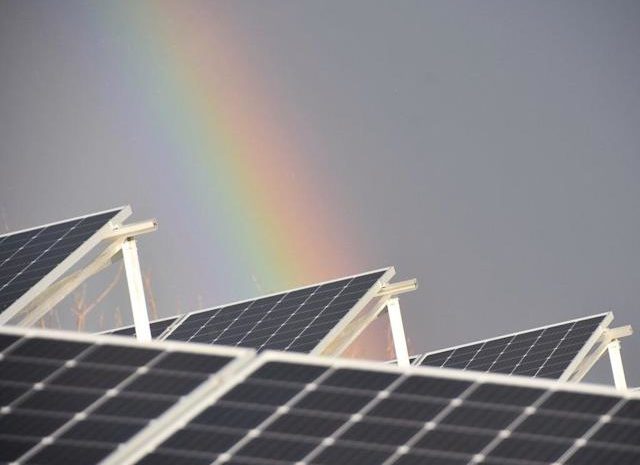Renewable resource sources consisting of biomass, hydropower, geothermal, wind, and solar give 8% of the energy used in countries such as Germany, the United States, Spain, and also the UK. Much renewable energy is most likely to generate electrical power.
The use of renewable resources is not new. Greater than 150 years back, wood, which is one type of biomass, supplied up to 90% of our energy requirements. As making use of coal, petroleum, and natural gas increased, we came to be much less reliant on wood as a power source. Today, we are looking once more at renewable sources to find new methods to use them to aid satisfy our energy requirements.
Demand for renewable energy is driven mainly by the price of the alternatives, namely coal and natural gas (for power generation) and oil (for liquid fuel). All the aspects that drive increasing oil rates or concerns of peak oil, therefore likewise drive the need for renewable energy. On the need side of the equation, plainly climbing worldwide energy need additionally plays a huge function.
In the past, the renewable resource has typically been a lot more costly to create and utilize than fossil fuels. Renewable resources are often situated in remote areas, as well as it is pricey to develop power lines to the cities where the power they generate is needed. Making use of renewable resources is likewise limited by the fact that they are not always available – overcast days minimize solar energy; calm days decrease wind power; as well as droughts, minimize the water offered for hydropower.

The major types of renewable energy are hydroelectricity, biomass (raw material), geothermal, solar, wind as well as biofuels. One of the most pre-owned kinds of renewable resource is typical biomass like shedding timber. The market is growing for numerous kinds of renewable energy with the preservation of water and also energy as the primary reasons for utilizing these technologies.
Recognizing Solar thermal, or solar hot water, uses energy from the sunlight to heat your domestic warm water supply whereas solar electric systems, or photovoltaics (PV for short) enable you to power your house products – such as your dishwasher or TV by transforming sunshine right into electricity.
The price to put in a solar hot water heater is very little more varied than installing PV. Solar thermal panels cost about the same as PV panels each, and the balance of the system plus the labor is generally similar in cost.
The difference is inefficiency. Thermal panels average 40 sq. ft., vs. 15 for the PV collector. That suggests you’ll get practically 2 1/2 tomes the solar energy being available. Plus, the thermal panel transforms over 50% of that power right into warmth, while an excellent PV panel won’t get a lot more than 15%.
The only problem with solar PV is that the photovoltaic cells come to be less effective as they get hotter, a decrease that can be substantial on hot warm days. Furthermore, solar PV mishandles as well as some energy is ‘lost’ to the surrounding setting according to Aquatiser.
The monetary benefits are so great individuals are choosing to mount Solar (PV) systems as an option to invest their money with a financial institution or building society (which are taxable).

